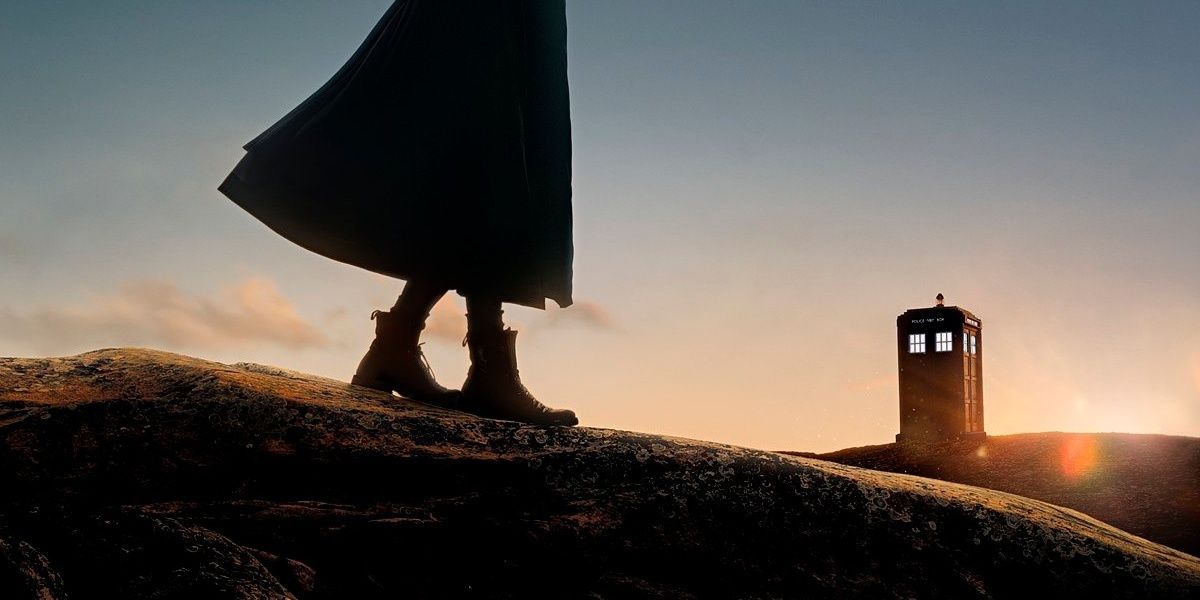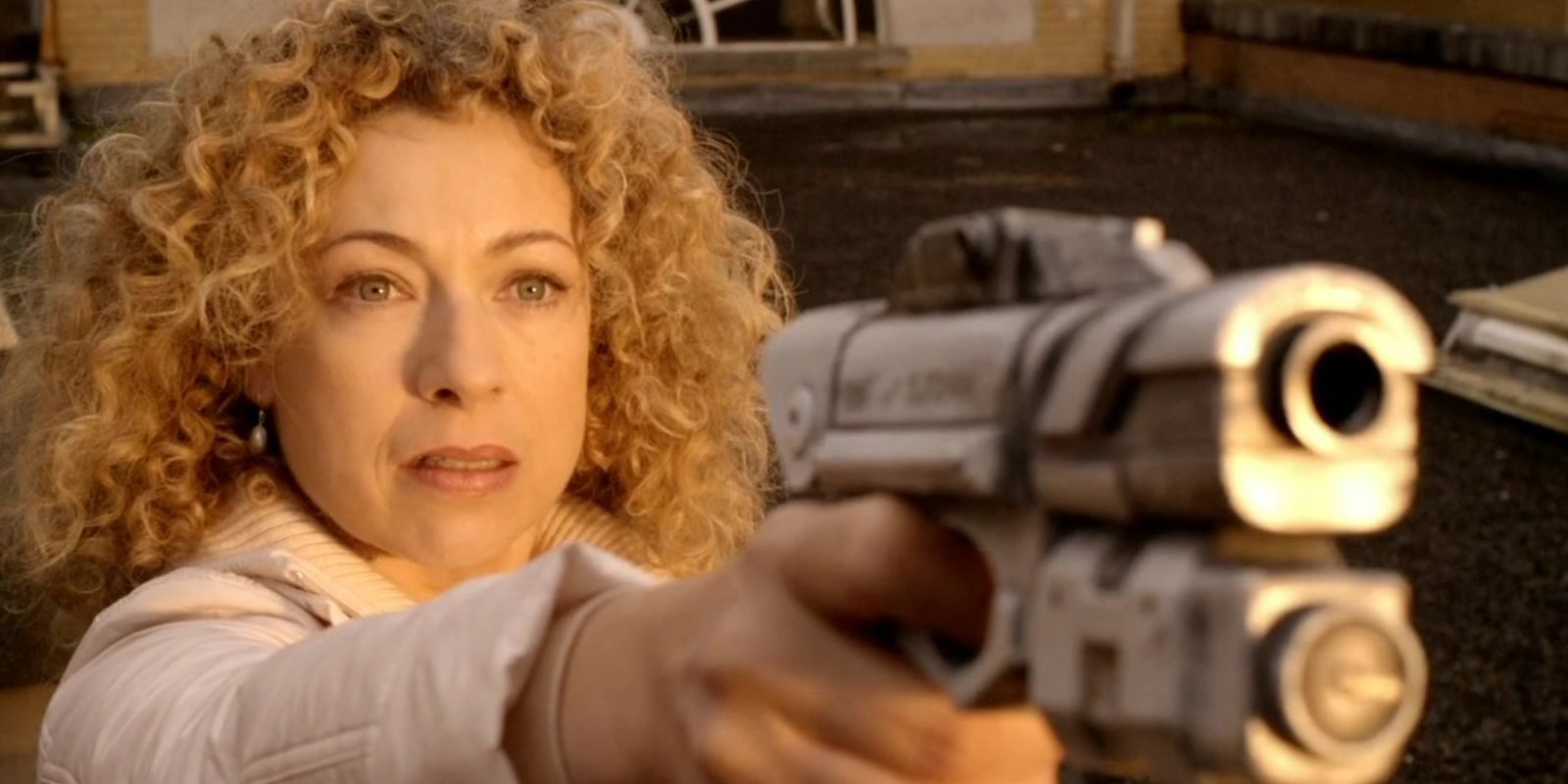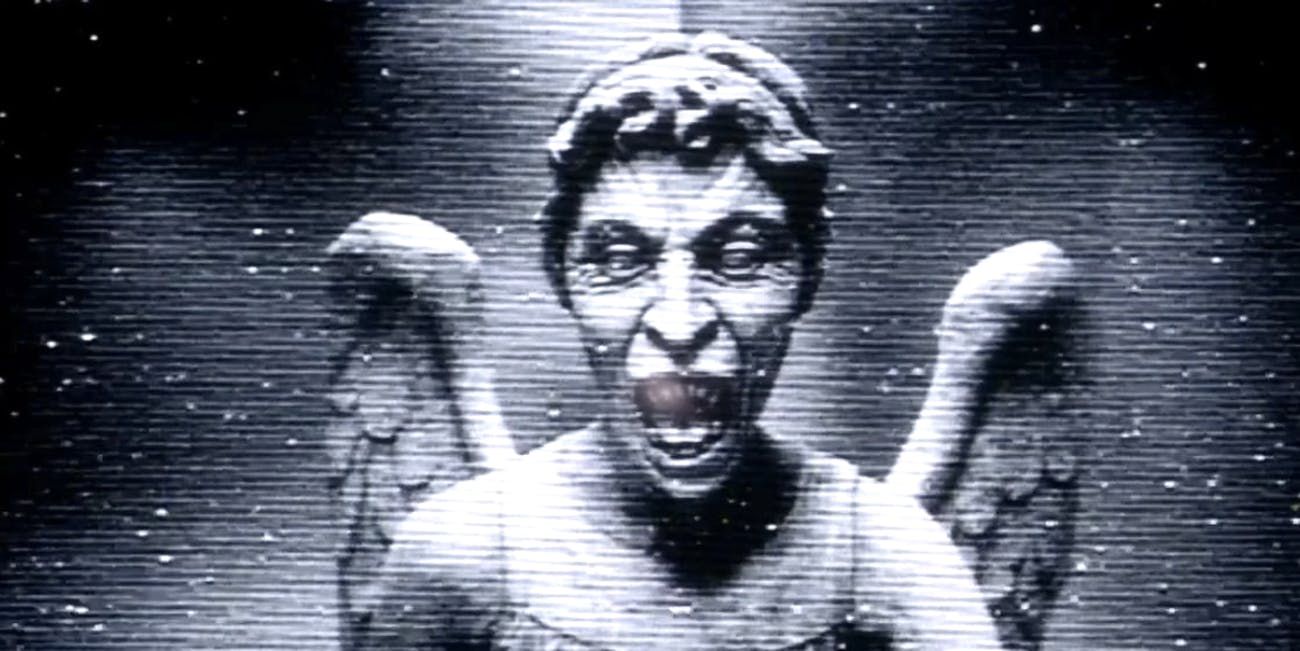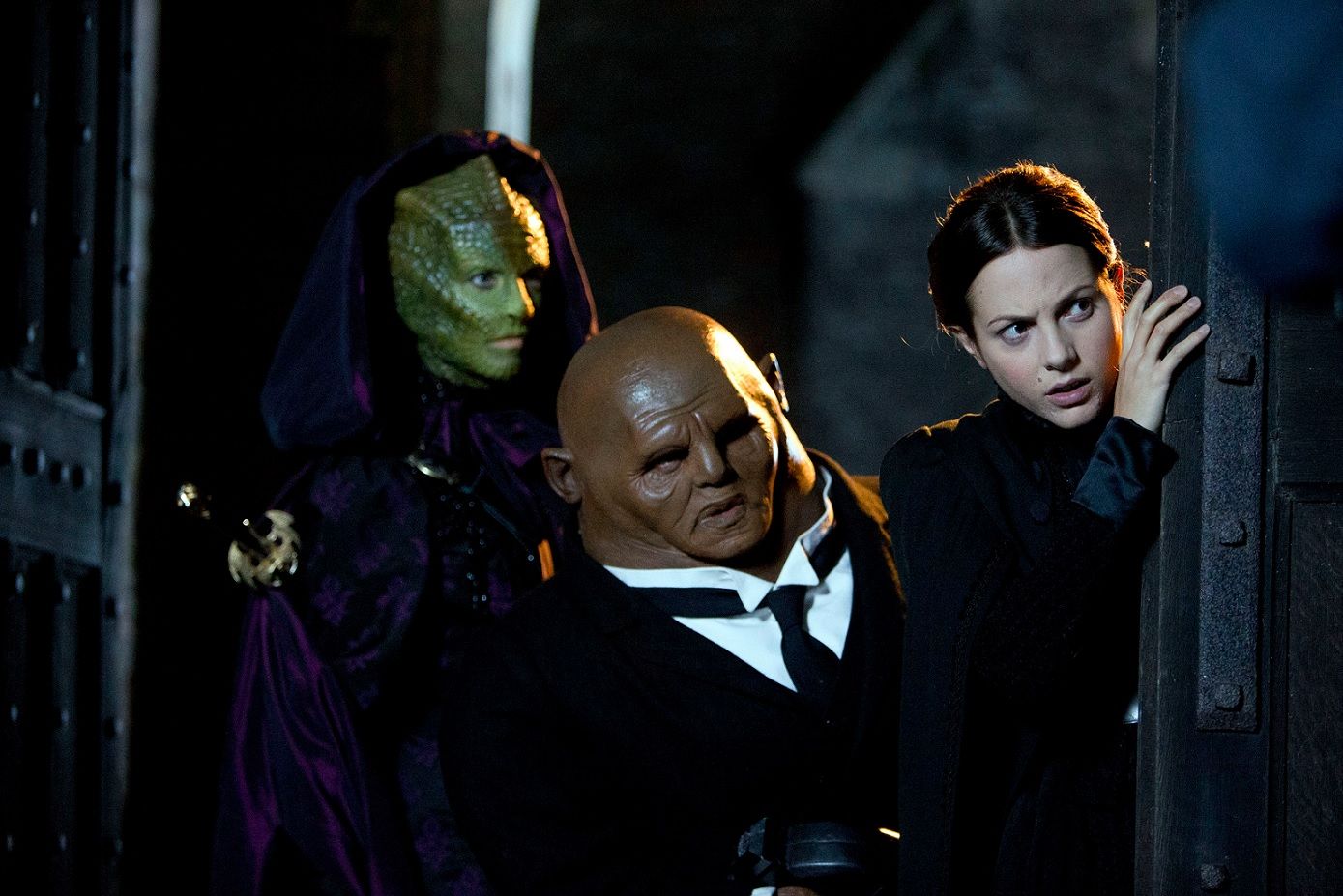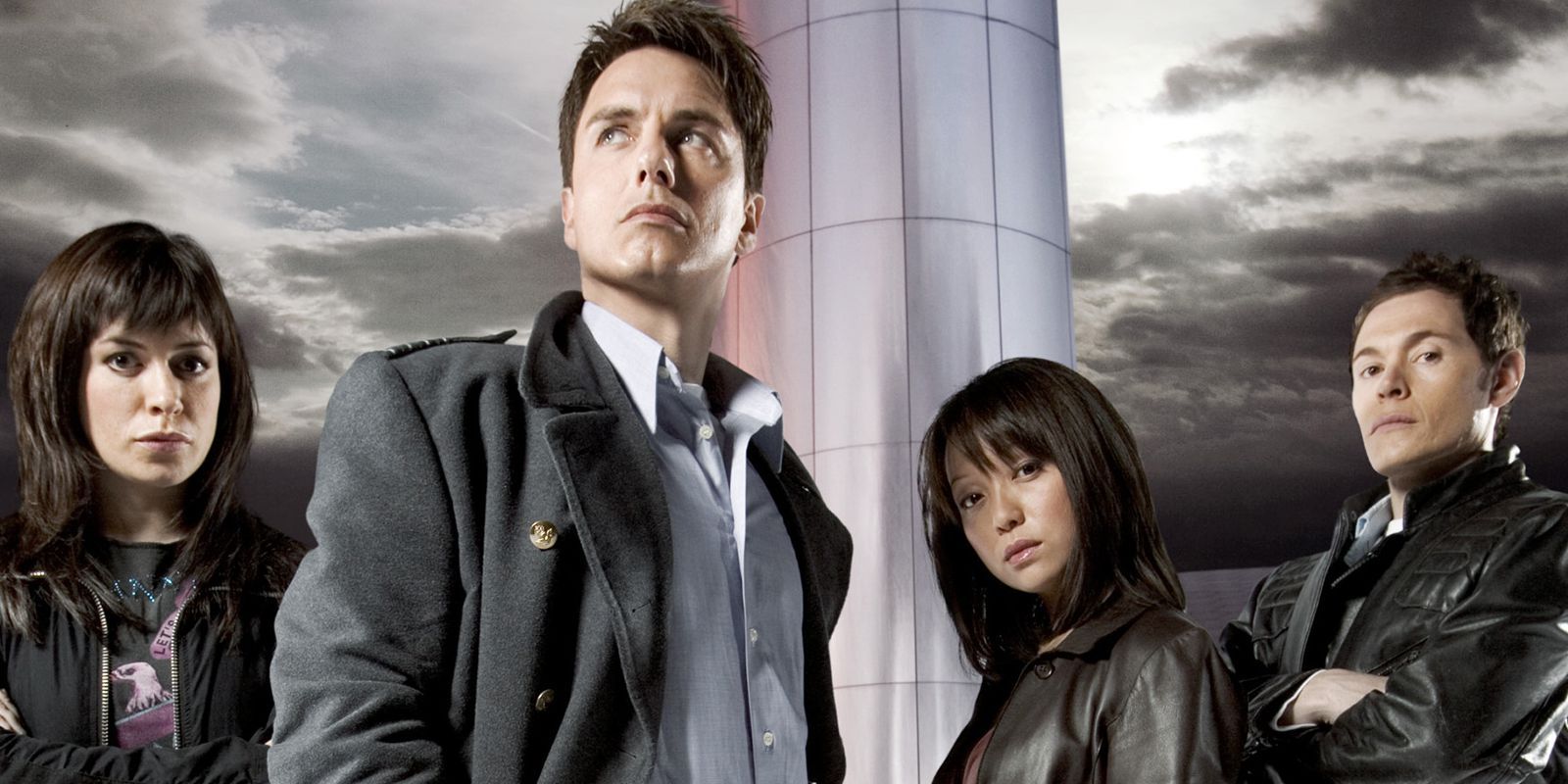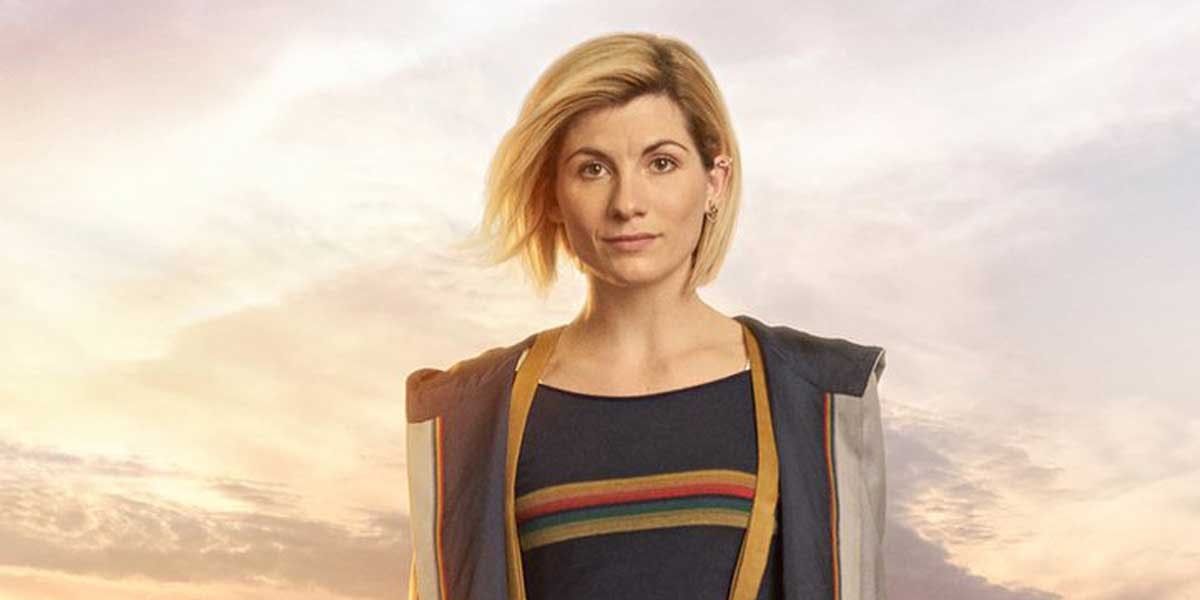On March 26, Doctor Who will celebrate the 15 year anniversary of the premiere of its modern relaunch. Fifteen years ago, the series returned with the episode "Rose," featuring a new face in the title role and a new companion, as it introduced millions of fans to the beloved, long-running British series. Since its debut in 1963, Doctor Who has weaved an intricate web of mythology involving Time Lords, the planet Gallifrey, Cybermen, Daleks, time travel, and more villainous aliens than anyone can count. Every season of the series' original run introduced new characters, new concepts, and new adventures. And when the series relaunched 15 years ago, that was still very much the case.
Since then, we have seen five different actors in the title role through 12 seasons. Each Doctor had their own companions, and each season contributed to making the Doctor Who universe bigger than ever. What's more, several of these new additions were so massive and important that they rank as some of the most crucial in the series' history. As Doctor Who celebrates the fifteenth anniversary of its modern relaunch, we take a look back at the last 12 seasons to recount the five best additions to the series' mythology.
River Song
Professor River Song was introduced in the Season 4 two-part adventure, "Silence in the Library" and "Forest of the Dead." Although she presented herself as an archaeologist, it soon became clear she had a lot of history with the Doctor, who at the time was played by David Tennant -- and yet, the Doctor had no knowledge of that history, or who she was. That is because River, like the Doctor, is a time-traveler, and the two never meet in the right order.
The character's debut was so strong and rife with storytelling possibilities that she made multiple other appearances in Seasons 5, 6, 7, and even in the Season 9 Christmas special, "The Husbands of River Song," which served as a potential swan song for the character. River Song interacted with three different Doctors, and she was a challenge for each and every one of them. She was a big part of the series' modern era, and she is arguably the most important woman in the Doctor's life -- she is, after all, his wife.
The Weeping Angels
There are many frightening monsters in the Doctor Who universe. And yet, "frightening" took on a new meaning in the Season 3 episode "Blink," which was written by future showrunner Steven Moffat. The episode was different than your usual Doctor Who fare because it barely featured the title character at all. Instead, we followed the adventure of Sally Sparrow as she faced a terrifying threat: the Weeping Angels. The Angels are actually alien creatures who look like statues. When directly seen by someone, they can't move. Once no one is looking, they are free to move towards their prey.
Not only does this make the Weeping Angels incredibly original, but it also makes them a threat unlike any other. When there are Weeping Angels around, suddenly everything has more urgency because you can't turn your back even for a second. The alien statues have made sporadic appearances since then, including in the Season 5 two-parter "The Time of Angels" and "Flesh and Stone," as well as Season 7 episode "The Angels Take Manhattan." When it comes to villainous aliens, the Weeping Angels are easily the most important modern addition to the series.
Strax, Jenny, and Vastra
Throughout the 57-year history of Doctor Who, the titular Time Lord has had many companions and allies. Some stuck around for entire seasons, while others only appeared for one episode. But there are also those who would come back from time to time. Such was the case with the Paternoster Gang, a trio made up of the Silurian Madame Vastra, the very human Jenny, and Sontaran warrior Strax. Together, the three form an unlikely group, but they work so well together that the Doctor has called upon them many times for help.
The trio first appeared in the Season 6 episode "A Good Man Goes to War" as an already established, crime-fighting team. They would later return in "The Snowmen," as well as the Season 7 finale, "The Name of the Doctor." Operating primarily in the Victorian era, the Paternoster Gang are not unlike Sherlock Holmes and Watson. They keep the London streets safe in their own time, and they answer the Doctor's call whenever he asks for help.
Jack Harkness and Torchwood
Captain Jack Harkness, former time agent and con expert initially appeared in the first season of Doctor Who's modern relaunch in the two-part adventure "The Empty Child" and "The Doctor Dances." As a time-traveler, Jack had something in common with the Doctor, and he proved his usefulness so much that he would make multiple returns. What's more, the character would later become ageless and immortal.
Harkness is an important addition to the Doctor Who mythos all on his own -- the character even made his long-awaited return this year in the Season 12 episode "Fugitive of the Judoon." But he also became an agent of Torchwood, a secret organization whose primary function is to protect the Earth from alien threats. The Torchwood Institute was first established in Season 2, but it would soon receive its own spinoff series with Captain Jack at the helm. The series ran for four seasons, and easily became an important fixture of Doctor Who history that opened up the world of the series.
Gender-Fluid Regenerations
Throughout 57 years of television, perhaps the most consistent part of Doctor Who mythology, other than the time-traveling TARDIS, has been the Doctor's regeneration cycle. Thanks to this special power, the Doctor wore eight different faces in the series' classic era and five more (plus a few others) after the modern relaunch. All that time, there was one constant: the Doctor was always played by a male actor, from William Hartnell to Peter Capaldi. But then, the series made a big, organic change to its mythology, starting in Season 8: gender-fluid regenerations.
In fact, with the introduction of Missy, who was a female regeneration of the Master, we learned that Time Lords could alternate between genders in their regeneration cycle. The idea was novel, and it opened the door for one of the biggest moments in Doctor Who history: the first female Doctor, played by current series star Jodie Whittaker. Now, the Doctor can really be played by anyone. The character is alien after all, and not beholden to traditional human ideas of gender. And that may be the modern relaunch's most important addition to the overall legacy of the series.
Doctor Who stars Jodie Whittaker as the 13th iteration of the titular Time Lord. Whittaker is joined by co-stars Bradley Walsh, Tosin Cole and Mandip Gill in a series spearheaded by showrunner Chris Chibnall. The next episode, "Revolution of the Daleks," will air this holiday season. The new season and all previous 11 seasons will stream on HBO Max later this year.

